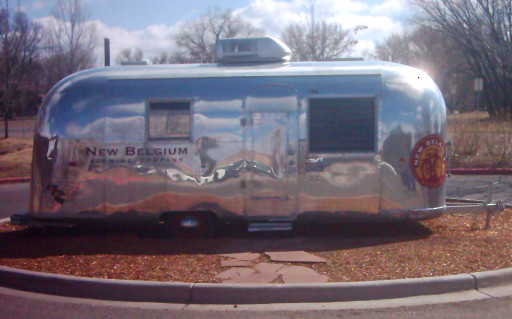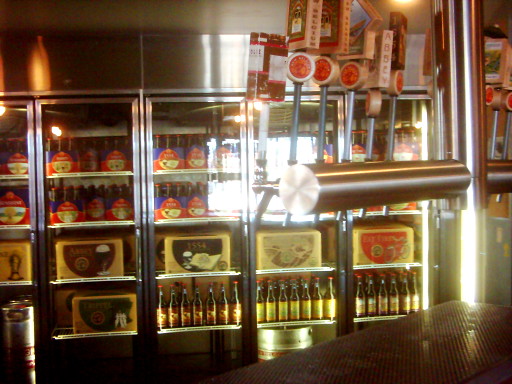Back in Idaho for the moment. The trip was somewhat exhausting, but I thought a followup to The previous post on the Celestron LDM microscope was in order, as I finally got a reply back after almost two weeks.
(20080329:Quick update. I am surprised to see this post is getting more interest that I’d anticipated. I’ve added a brief summary to the end of the post to help clarify my opinion since it seems people may be interested.)
I had asked them if it was possible to replace the objective lenses (so as to be able to use an oil-immersion lens to get 1000X magnification – pretty much a neccessity for decent bacteriological work – such as examining yogurt cultures) and whether the camera could be swapped for a regular eyepiece. Larger yeast cells used in brewing might be okay in 400X, but even there it’d be nice to be able to zoom in adequately to get better detail – like watching conjugation or budding of yeast cells.
The answer:
“The answer is ‘no’ to both because of the sizes, etc. are specific to this unit.”
Email ID: ZZR-372549
Department: Technical Support
Priority:
Status: Closed
I guess there’s no point in asking about getting a darkfield condenser for it. On the plus side, they did actually give me a reply at least.
I’ve got to say I’m seriously disappointed that Celestron has evidently intentionally engineered this microscope product (and their other offerings as well, perhaps?) to Not Play Well With Others. Why else go to the trouble and additional expense of coming up with your own special specifications for the parts when standard parts are readily available?
This seems especially absurd in a product aimed at science enthusiasts, who strike me as very likely to be strongly aligned with the “Maker” attitude…at least if they’re any good at Science Enthusiasm. I think the “if you can’t open it, you don’t own it” concept meshes very well with the investigative attitude necessary for science. So, we want “internet”, and they give us “AOL” instead. A sad, sad fate for an otherwise great concept, and on this basis I must render a verdict of “Do Not Want”.
Find me a version of this product – from any vendor – which can accept standard oculars and objective lenses and I’ll sell blood plasma and beg on the street to raise money for it. (If nothing else, it’d give me an excuse to finally start up the “science begging” blog-post series I’ve been threatening for a while now…) Of course, it’d be nice to have an ordinary “real” microscope, too…this blog still doesn’t have enough pictures.
(P.S. Dear Celestron: although I doubt anybody at Celestron will ever even see my obscure blog, and in that respect my previous post’s comment about sending me one to review was just a joke. Despite this, I was sincere, so in the unlikely event that someone out there sees this post and has the authority and inclination to do so, feel free to send me one to review anyway. And a pony.)
SUMMARY (in my opinion):
Good:
- VERY nice, highly desirable concept overall.
- Self-contained, platform-neutral design, should work with anything that can support SD cards or USB Storage devices.
- Potentially a nice field microscope? (Probably not hard to hack together a battery pack that could be used in place of the AC adapter)
Bad:
- Does NOT appear suitable for bacteriological or similarly high-magnification applications
- Non-standard components prevent upgrades.
- Non-standard components mean vendor lock-in problems (if Celestron gets tired of making replacement parts and some kid scratches your objective lenses or cracks the viewscreen, you’re out of luck.)
- Digital camera and viewscreen appear to be integral, so if the camera or viewscreen dies I’d guess the whole device becomes a useless lump.
My recommendations for Celestron or other microscope manufacturers (should any of them care about the opinion of some nerd on some obscure blog like this one):
- Please, please use standard parts wherever possible – it makes your device a much safer bet for anyone thinking ahead towards possible upgrades or replacement parts.
- Don’t ignore bacteriological applications.
- Easily replaceable parts make for graceful failures. For example, if the camera on this model could be swapped for an ordinary ocular, the microscope would at least be usable while the camera portion was being sent in for repair or replacement.
![Cover of the Wine Microbiology book [via gohastings.com] Front Cover of the book](http://www.athastings.com/internet/images/CoverArt/muze/books/large/9780387333410.jpg) I ran into this as I was reading through my shiny new
I ran into this as I was reading through my shiny new 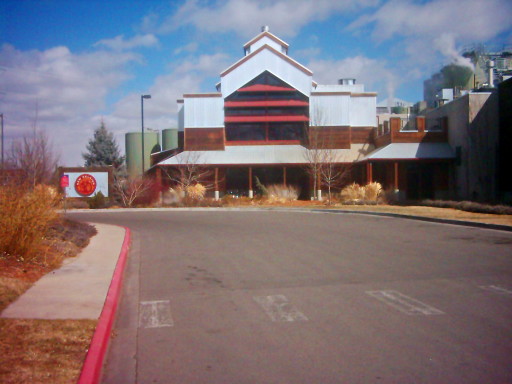
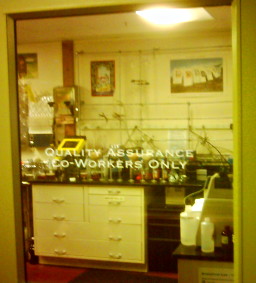 Incidentally, did you know it’s a long way from southeastern Idaho to southeastern Texas? I made the drive last week, and I’ll be making the drive back as soon as I can get some things FINALLY done around here. On the upside, it’s kind of a fun, if long, drive other than Wyoming’s tendency towards having ridiculously high winds and roads paved with what appears to be a mixture of wet ice and motor oil. I made it down here though, but I’ve already been delayed about a week due to some issues getting inspection arranged on the home we’re trying to buy out here. But you didn’t come here to read me whining about that, did you?
Incidentally, did you know it’s a long way from southeastern Idaho to southeastern Texas? I made the drive last week, and I’ll be making the drive back as soon as I can get some things FINALLY done around here. On the upside, it’s kind of a fun, if long, drive other than Wyoming’s tendency towards having ridiculously high winds and roads paved with what appears to be a mixture of wet ice and motor oil. I made it down here though, but I’ve already been delayed about a week due to some issues getting inspection arranged on the home we’re trying to buy out here. But you didn’t come here to read me whining about that, did you?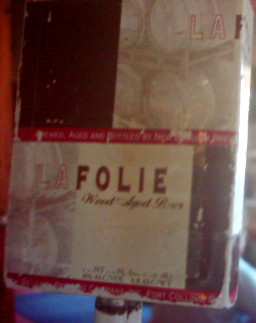 If you’re familiar with them at all, it’s probably for their “Fat Tire” amber ale which I have seen in stores around the country, but I didn’t care about that. What I cared about is that they actually let their microbiologist (and, it turns out, their other employees too) play, and they have experimental “sour” beers in the same general style as Belgian lambics. Pictured at left is their famous one – “
If you’re familiar with them at all, it’s probably for their “Fat Tire” amber ale which I have seen in stores around the country, but I didn’t care about that. What I cared about is that they actually let their microbiologist (and, it turns out, their other employees too) play, and they have experimental “sour” beers in the same general style as Belgian lambics. Pictured at left is their famous one – “